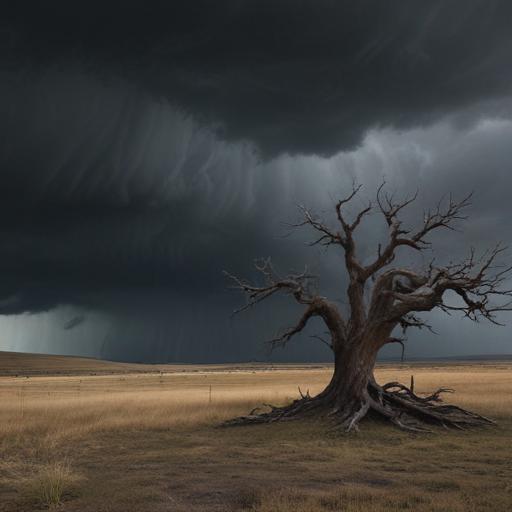Deadly storms that impacted eight U.S. states in early April, resulting in at least 24 fatalities, were significantly exacerbated by climate change, a new study from World Weather Attribution has found. The research indicates that human-induced global warming increased the intensity of the record-breaking downpours by approximately 9%.
From April 3 to April 6, the southeastern and midwestern states, including Kentucky, Tennessee, and Arkansas, experienced unprecedented rainfall amounts, with these four days marking the heaviest recorded precipitation in the region’s history. Scientists highlighted that warmer sea surface temperatures in the Gulf of Mexico, approximately 1.2 degrees Celsius (2.2 degrees Fahrenheit) above normal due to climate change, were a contributing factor, making the storms 14 times more probable.
Despite the severity of the storms, forecasters note that timely warnings helped mitigate some of the potential damage; however, concerns linger over staff shortages at the National Weather Service. Nearly half of its field offices are grappling with vacancy rates exceeding 20%, and certain offices are operating without senior meteorologists. These offices play a critical role in providing real-time warnings and coordinating responses to safeguard communities.
The financial implications are also becoming evident. Rising insurance costs reflect the increasing risk posed by climate-related weather events. Homeowners in high-risk areas have seen an average increase of about $1,100 in insurance premiums from 2020 to 2024.
Experts caution that without significant action to curb fossil fuel dependence, the frequency and severity of such weather events could escalate. The researchers anticipate that if global warming reaches 2.6 degrees Celsius (4.7 degrees Fahrenheit) by 2100—projected under current policies—rainfall events akin to those in early April could intensify by another 7% and become twice as likely.
The study’s co-author, Shel Winkley, emphasized the importance of understanding these trends for future urban planning and rebuilding efforts, questioning the long-term livability and safety of these impacted areas. The critical need for effective disaster preparedness and adaptive strategies is underscored as communities face the reality of more frequent extreme weather events.
Overall, while the study highlights a concerning trend in climate impacts, it also serves as an urgent call for action and resilience planning, with the potential for communities to adapt and thrive despite climatic challenges ahead.
